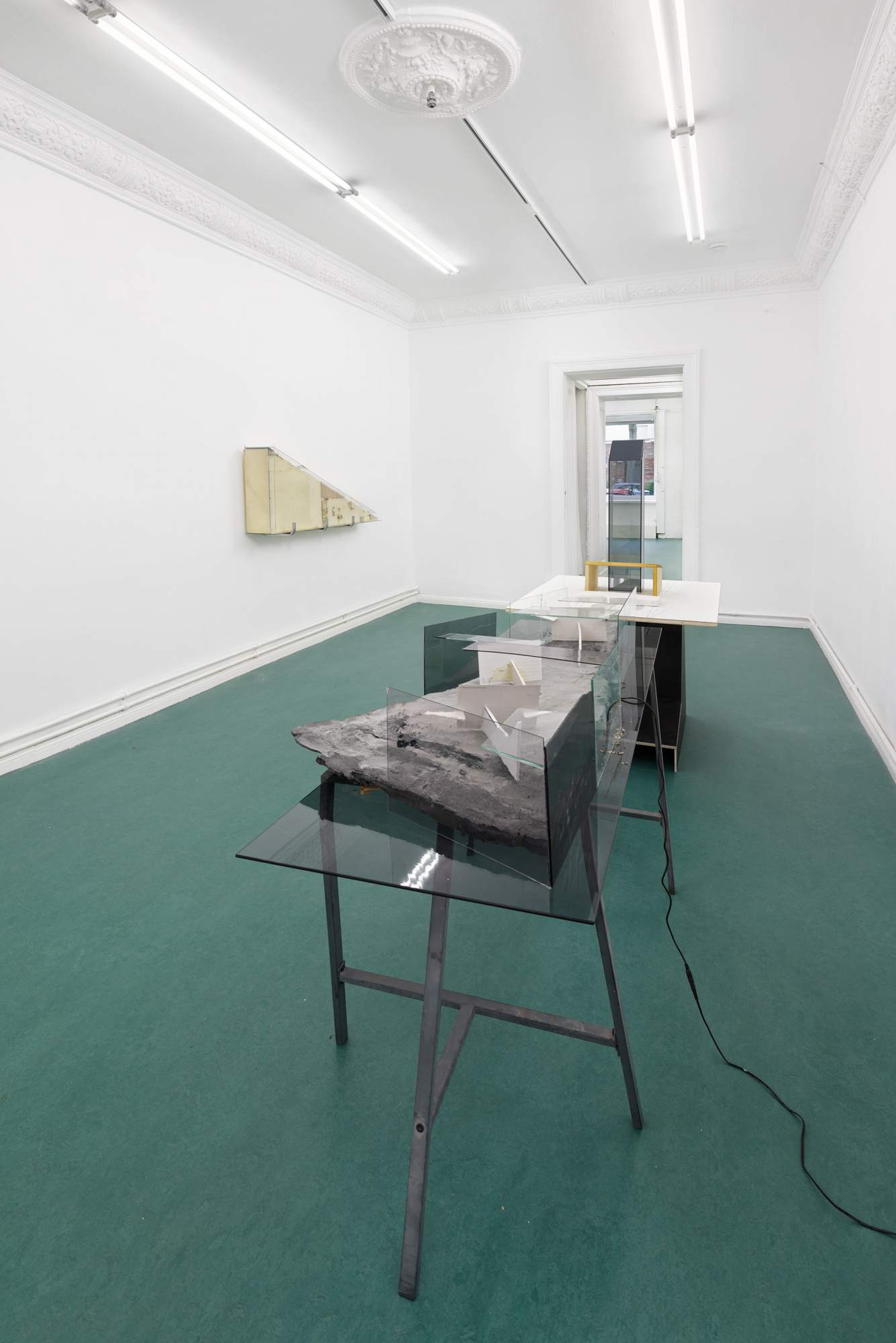Irina Jasnowski Pascual’s show “Plane Volume” follows the rules of the optical into real and imagined inside spaces. Inside spaces such as the sparkling, spheric volume inside a fountain bubble, just maxing out on its uplift in midair, right before the collapse. Or the inside of a bronze sculpture, for example: some abstract, tunnelling interiority, whose outsides gives shape to the legend of St. Martin sword dividing his long, heavily draped overcoat to share it with the freezing poor.
But the artist seems to have decided against the clandestine and the darkness that is inherent to these internal spaces. She turns up transparency by the see through handling of see through material that traditionally asks for outsourced manufacturing and silicone caked bonding for years to come. Instead the material is artistically swept towards the edge of a precarious production that offers a tipsy, momentary balance where her findings are neither stash nor scrap.
Gnawed off shards, just barely fused with scarce Amazon UV glue, encase a cheese shaped foam piece, of the naturally dust and smudge collecting kind, preserved in a protect the buffer logic. A triangular runway cast in a studio destroying process that pulled the latex gloves (sticking to its underside) and other trash down into its swirling maelstrom, still sending out its hum to make the Lufthansa plane post card vibrate during their taxi towards vanishing point. Other traces of air travel amazement can be found in the cut out architectural reliefs. The discarded foam boards previously packed the framed photograph of the Apollo 11 rocket launch in 1969. You can still see the staining imprints of that possibly pompous brass frame, as well as the Grand Street Adress of the New York Framer on the simplified cityscapes and their isometric mapping. Discarded remainders of a technical era, same as the West German Lufthansa merch, that held the promise of progress and ascension of all sorts inside its glorious clouds of exhaust. Wooden apparillos of ill fitting flimsyness, their complicated angles over and undercut and out of line, crowned withbubbles of acrylic sheets disfigured into shape by a heat gun. These sculptures give us a forced periscopic vision of the gallery ceiling, shifting a skyward gaze into a theatrical POV without even a neck bend.
Here too it seems that space management is turned against itself, creating a volume that allows access instead of blocking off something else. A paradox that widens the panorama and integrates the non representative niches beyond the corruption of beauty (Yes!). We gain dimensionality, yet at the same time, the 3D refusal of the postcards, the flattened buildings and the many sheets of mirror and glass also puts us at a looking glass distance, which is surprisingly soothing, despite all the shards and raw edges. This also might be because of the science museum references and a sculptural approach to bell jar these fragile arrangements by conservatory means, without adding judgement of value to the display. Although structurally shabby, these compositions are weirdly aesthetically pure. Channeling the clarity of exploding diagrams, for example of a camera inside an owner’s handbook, the works leave little room for opaque, unclear ambitions to reroute or block the flow. In that sense the show makes available instructions to re stage primal artistic intentions alongside the non expressive basics of physics that we still can trust, even if all the world’s glue gave way.
Peter Wächtler
Irina Jasnowski Pascual Plane Volume
-
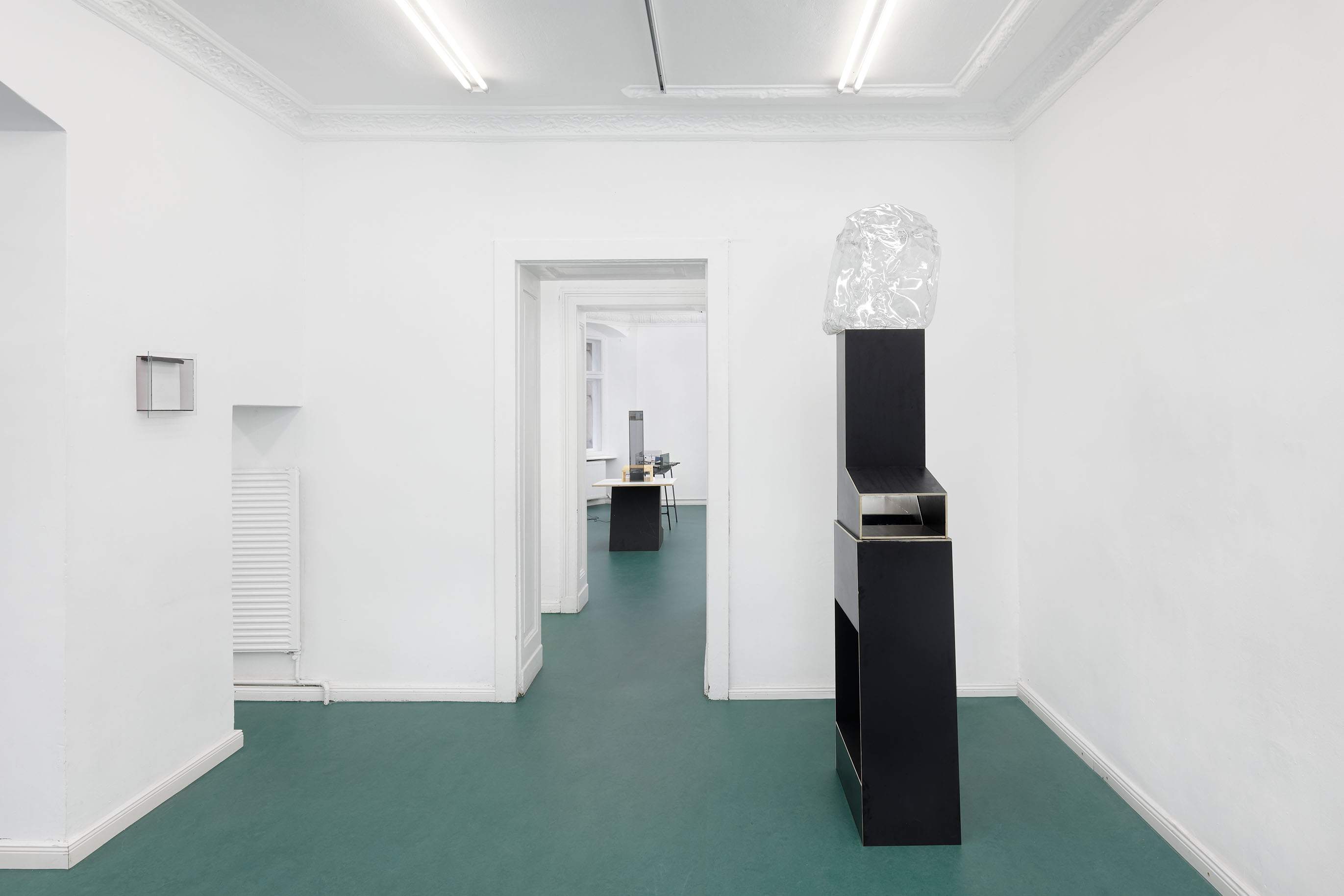
-
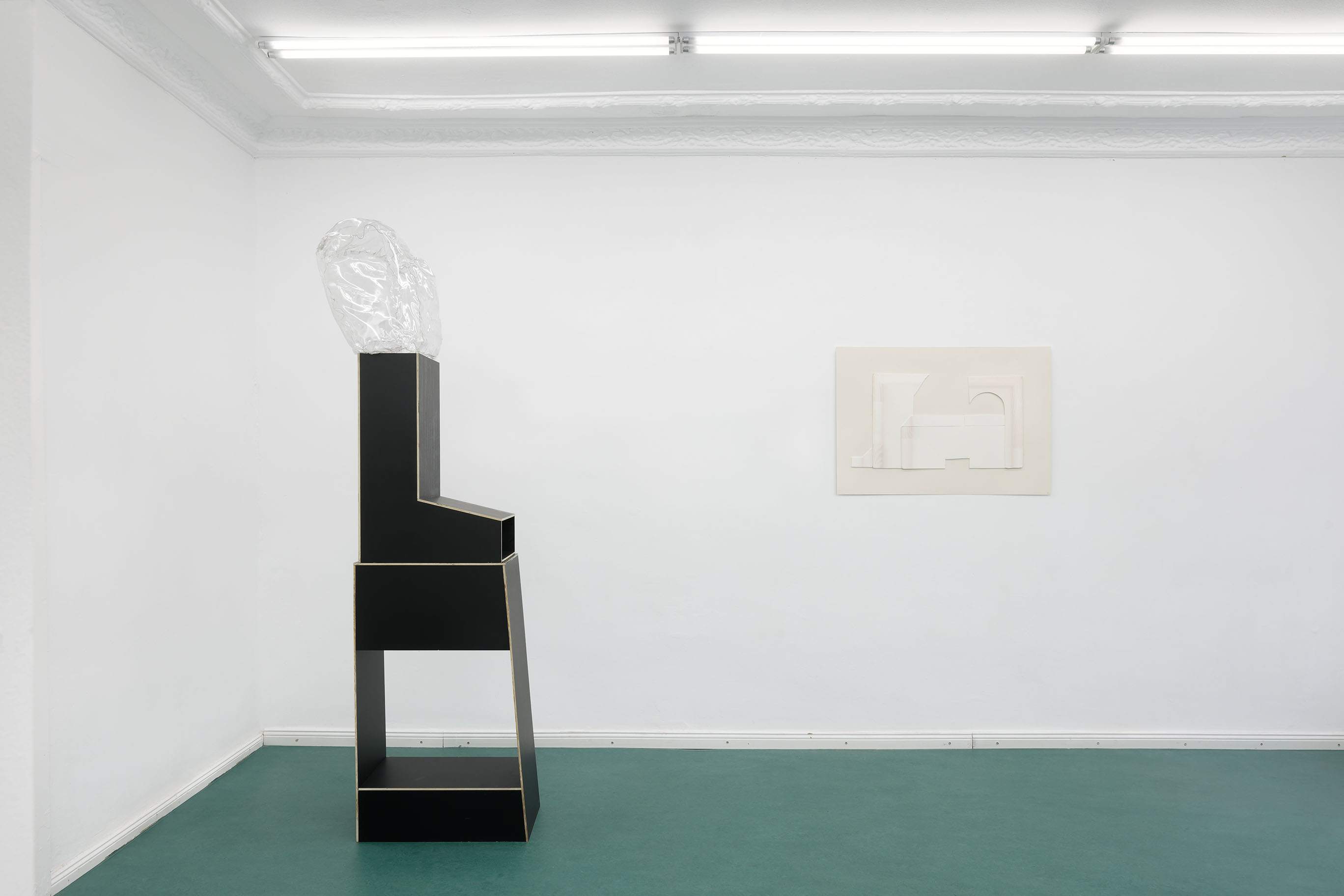
-
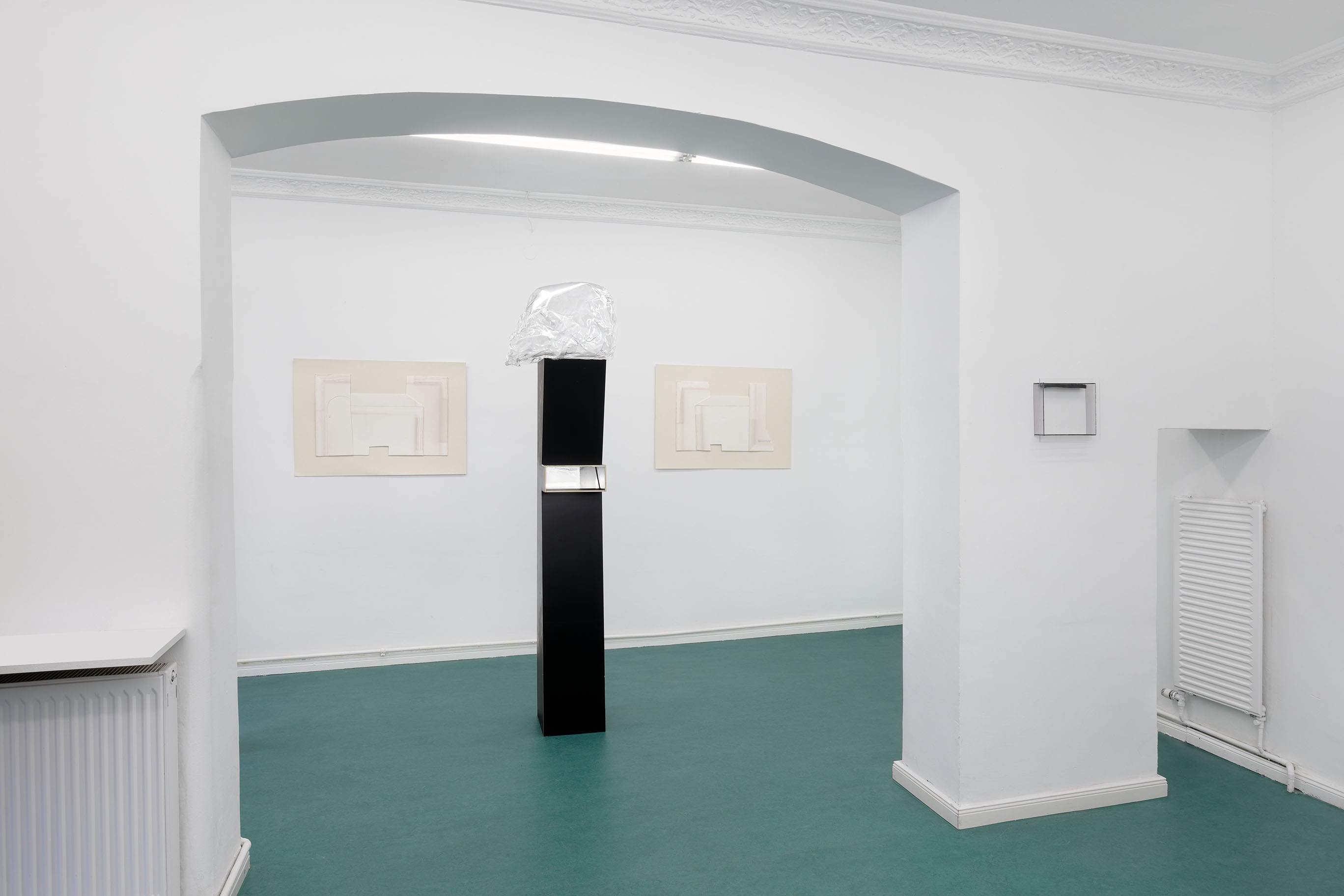
-
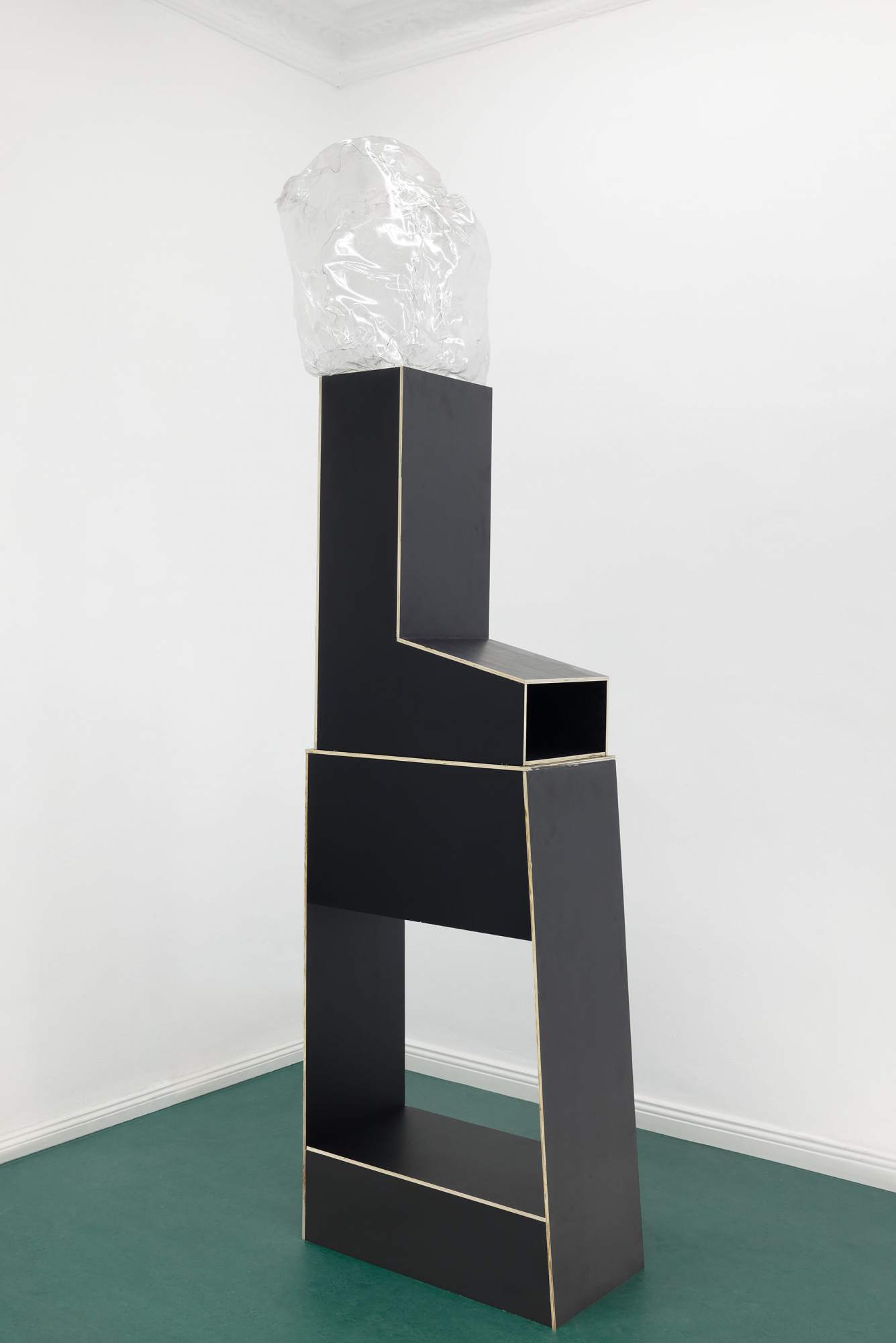 4/26
4/26Irina Jasnowski Pascual Volume 1 2025
Thermoplastic, mirror, laminated wood 225 × 54 × 32 cm 88 5/8 × 21 1/4 × 12 5/8 inches -
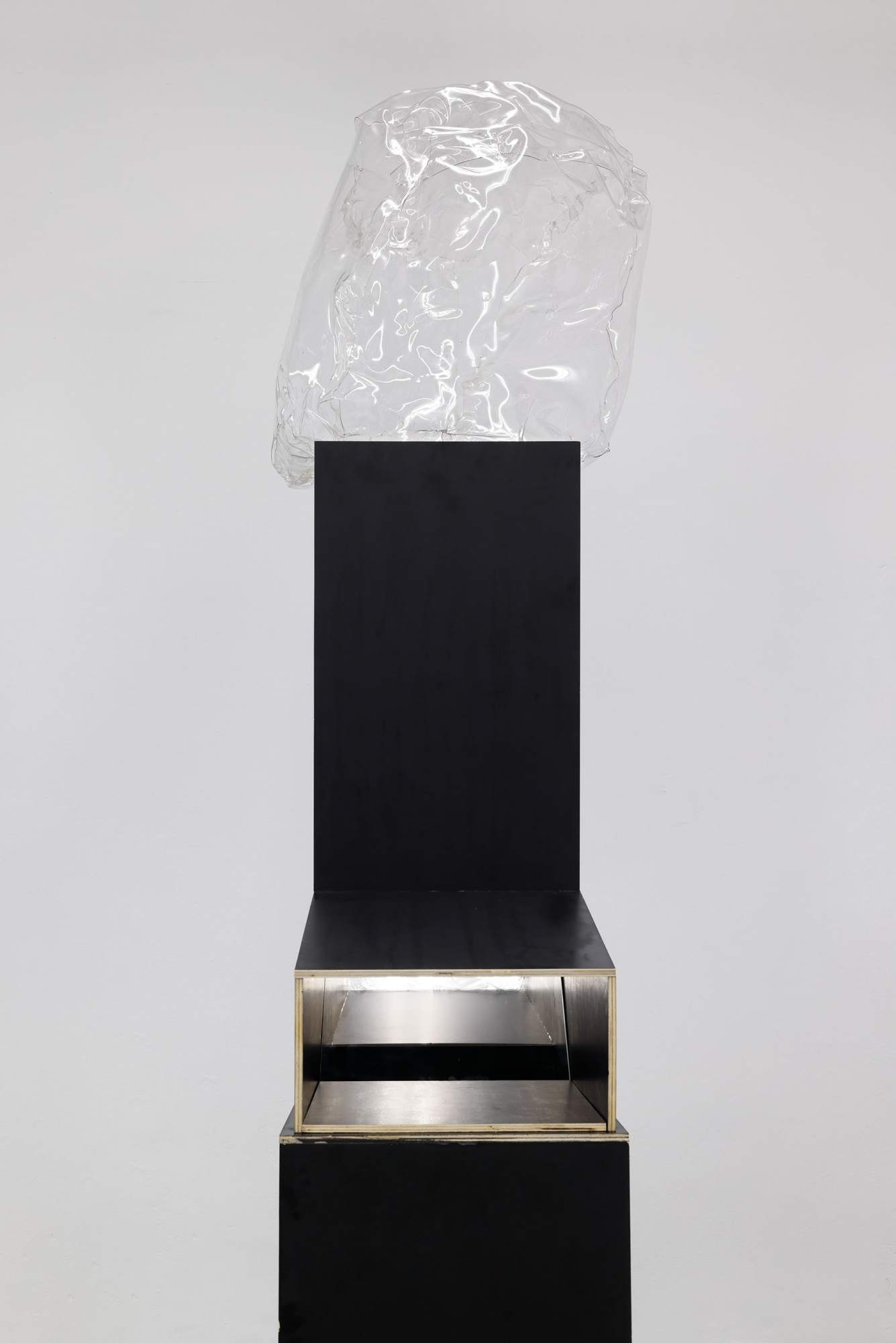
-
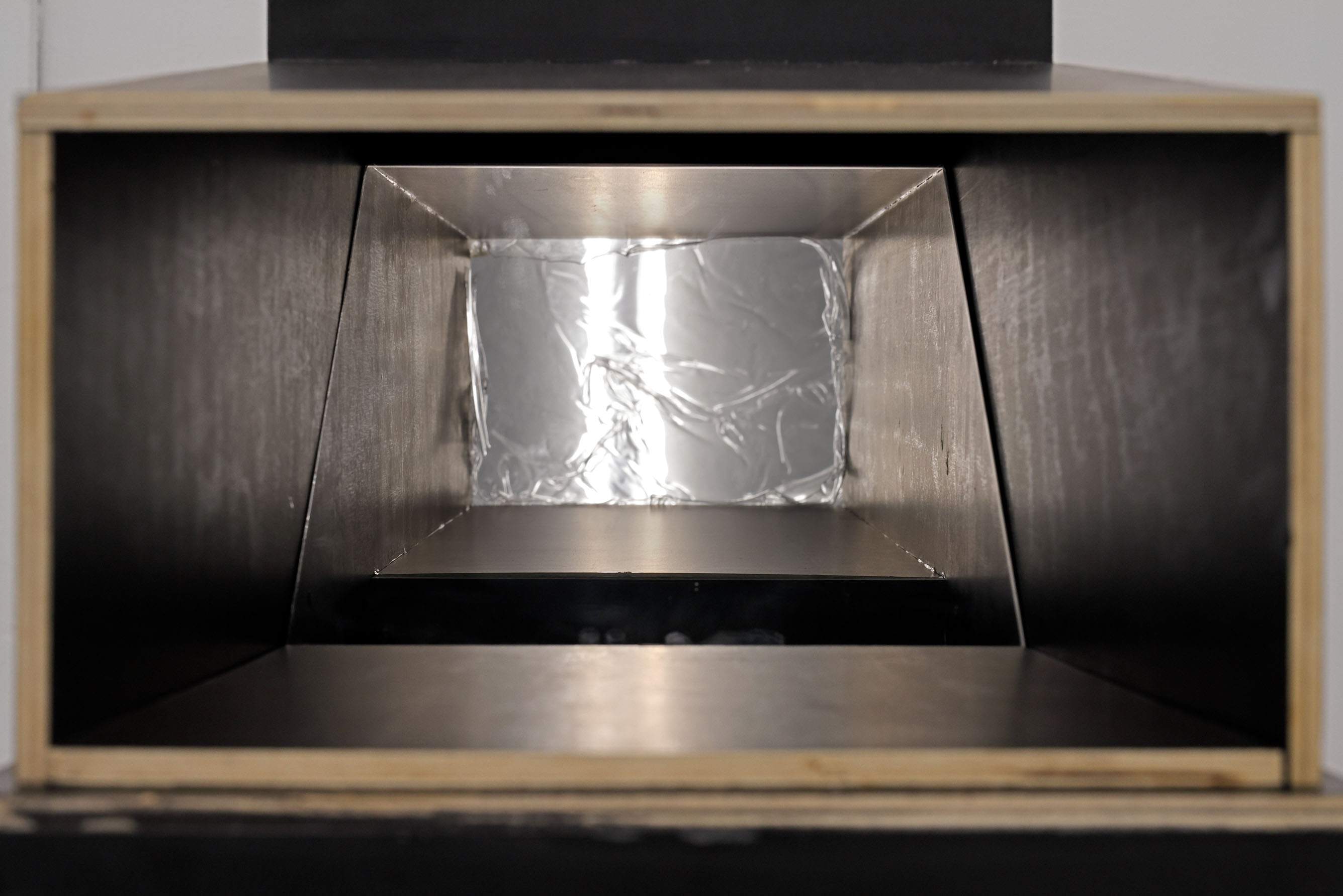
-
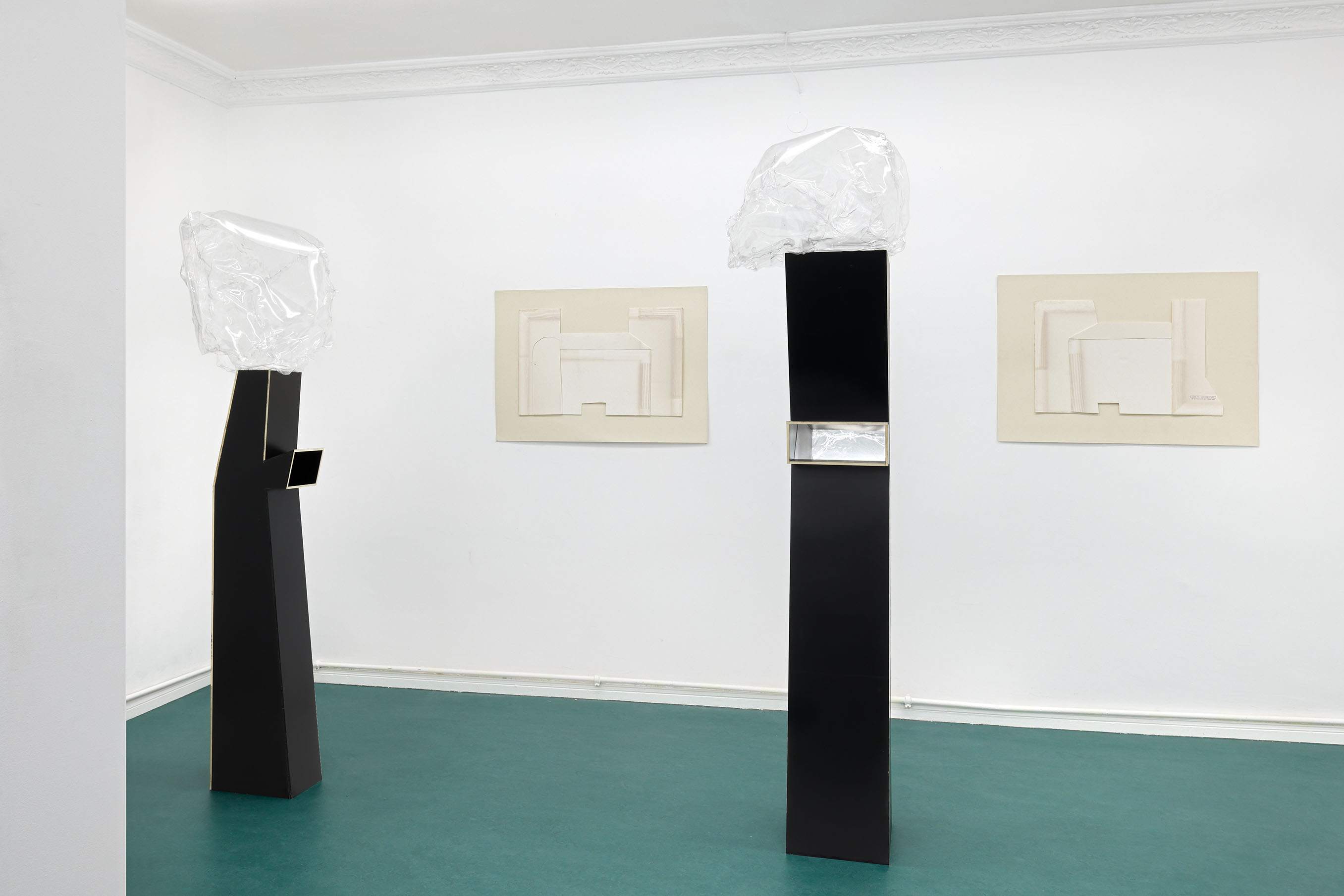
-
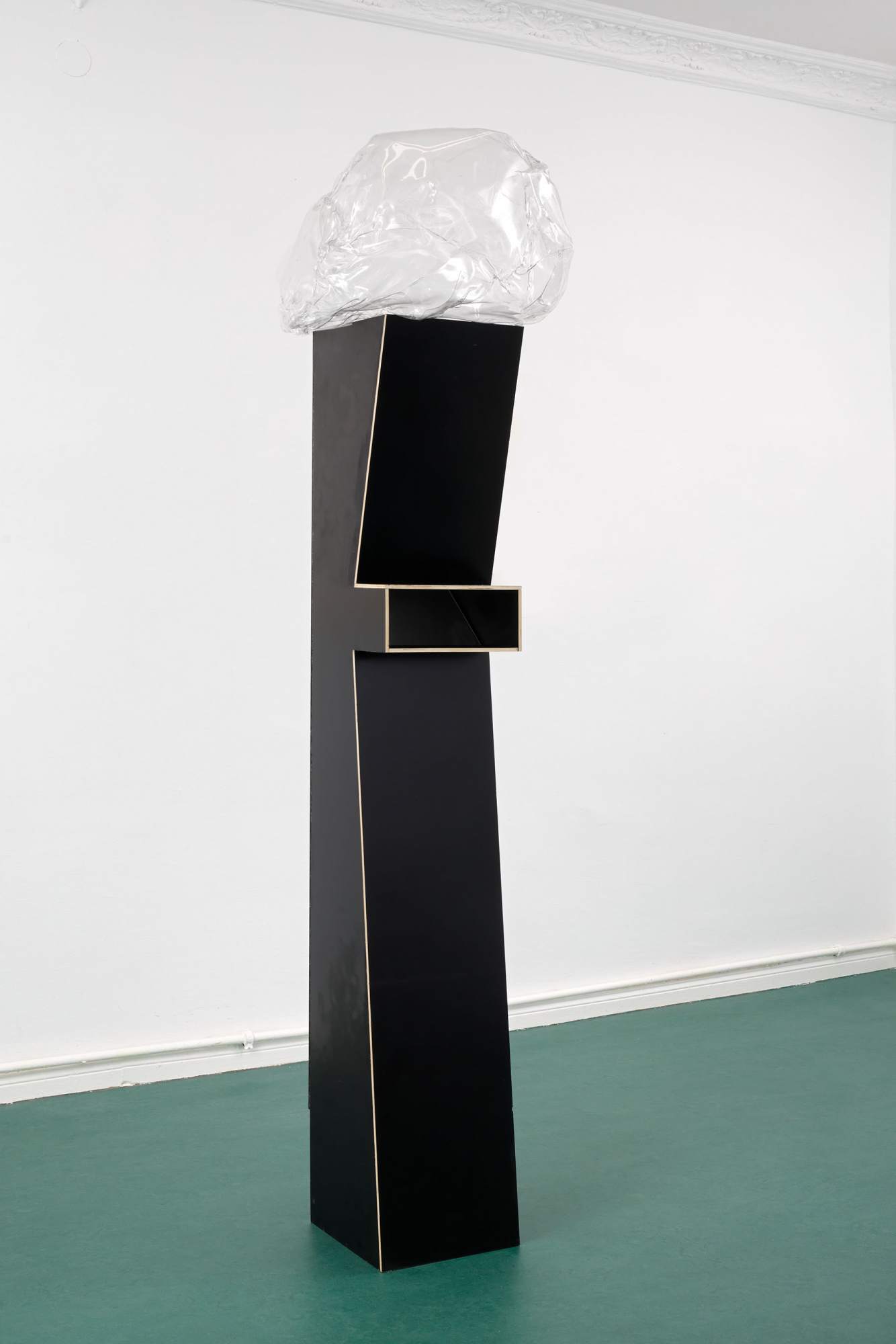 7/26
7/26Irina Jasnowski Pascual Volume 2 2025
Thermoplastic and laminated wood 215 × 30 × 30 cm 84 5/8 × 11 3/4 × 11 3/4 inches -
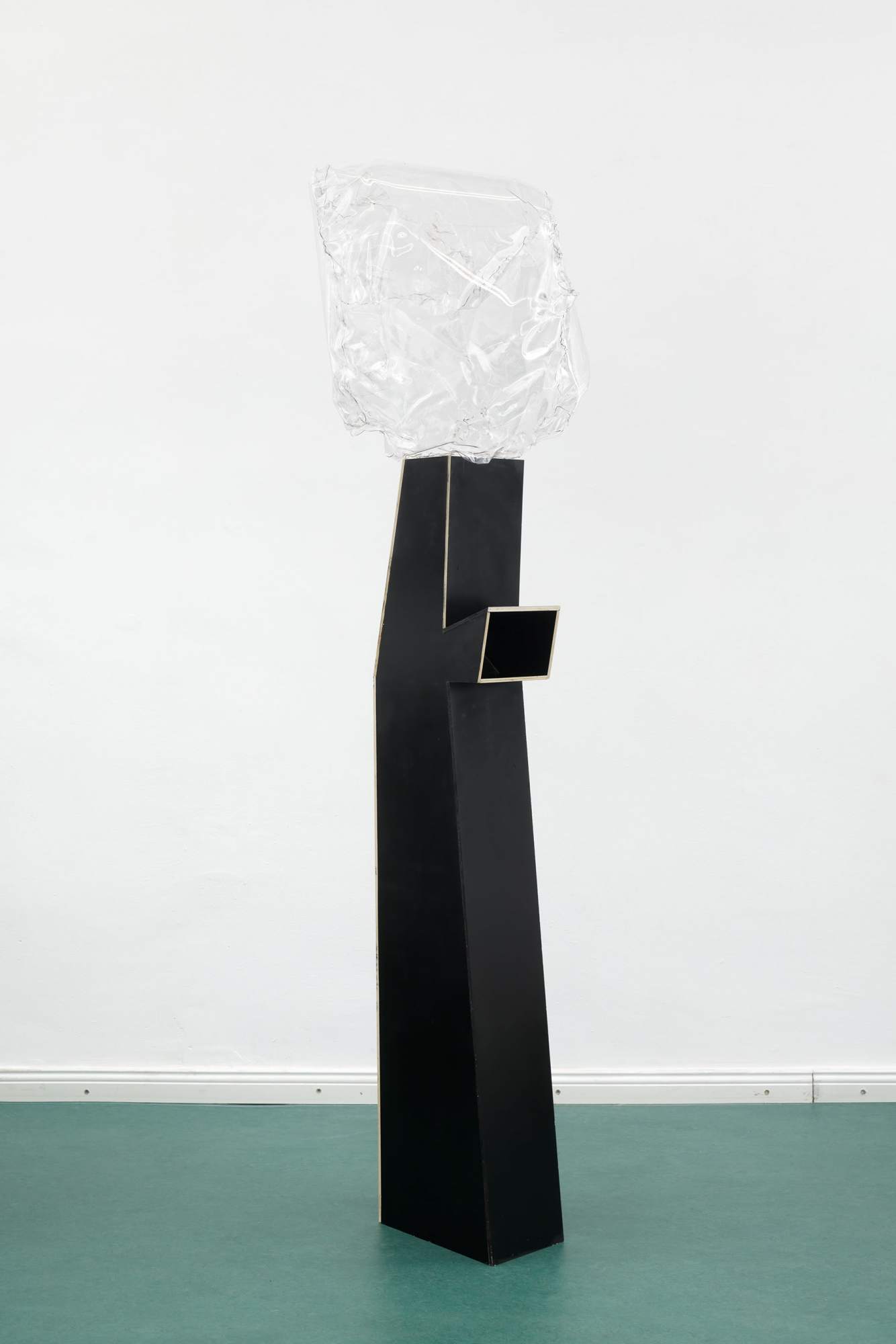 4/26
4/26Irina Jasnowski Pascual Volume 3 2025
Thermoplastic and laminated wood 200 × 30 × 20 cm 78 3/4 × 11 3/4 × 7 7/8 inches -
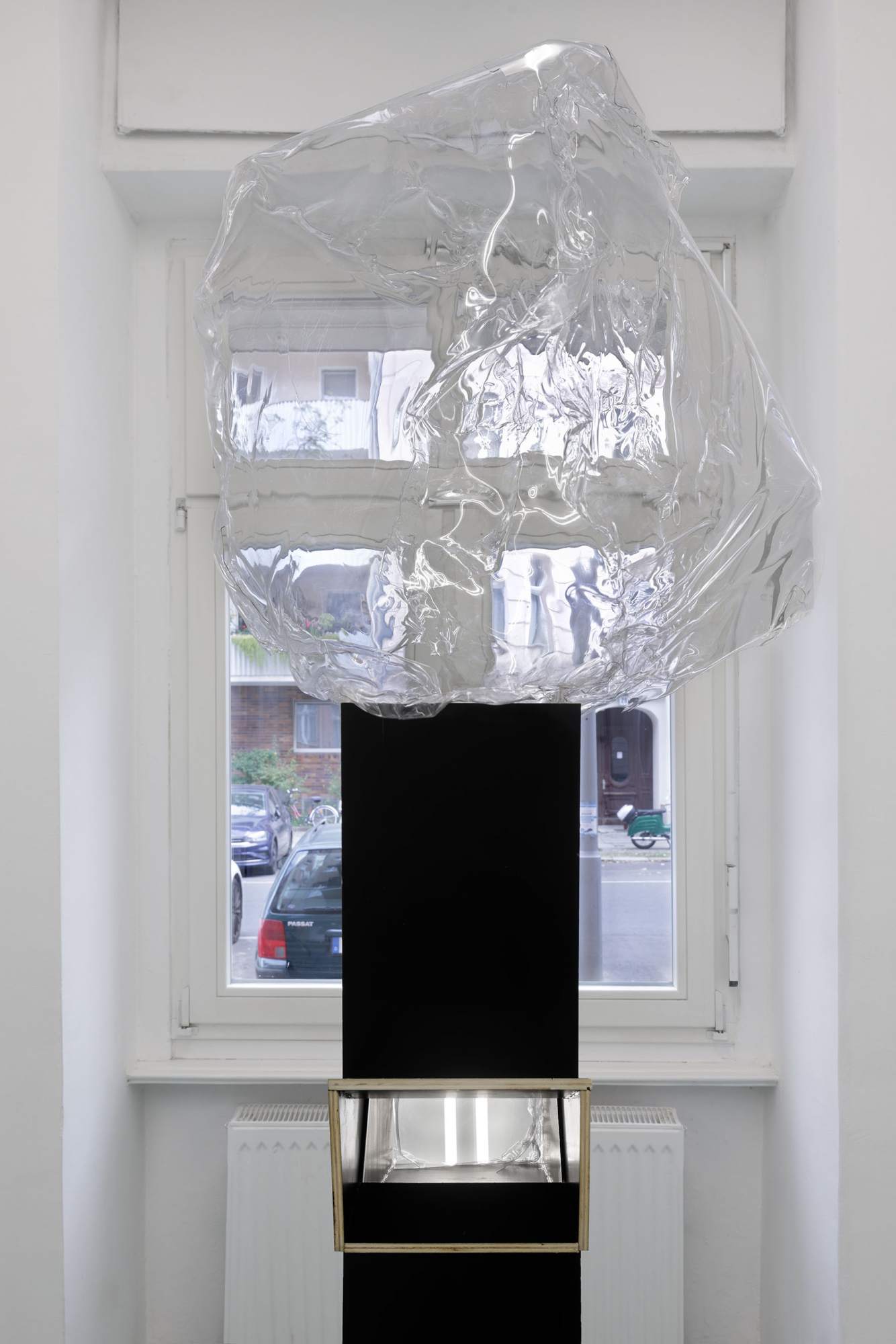
-
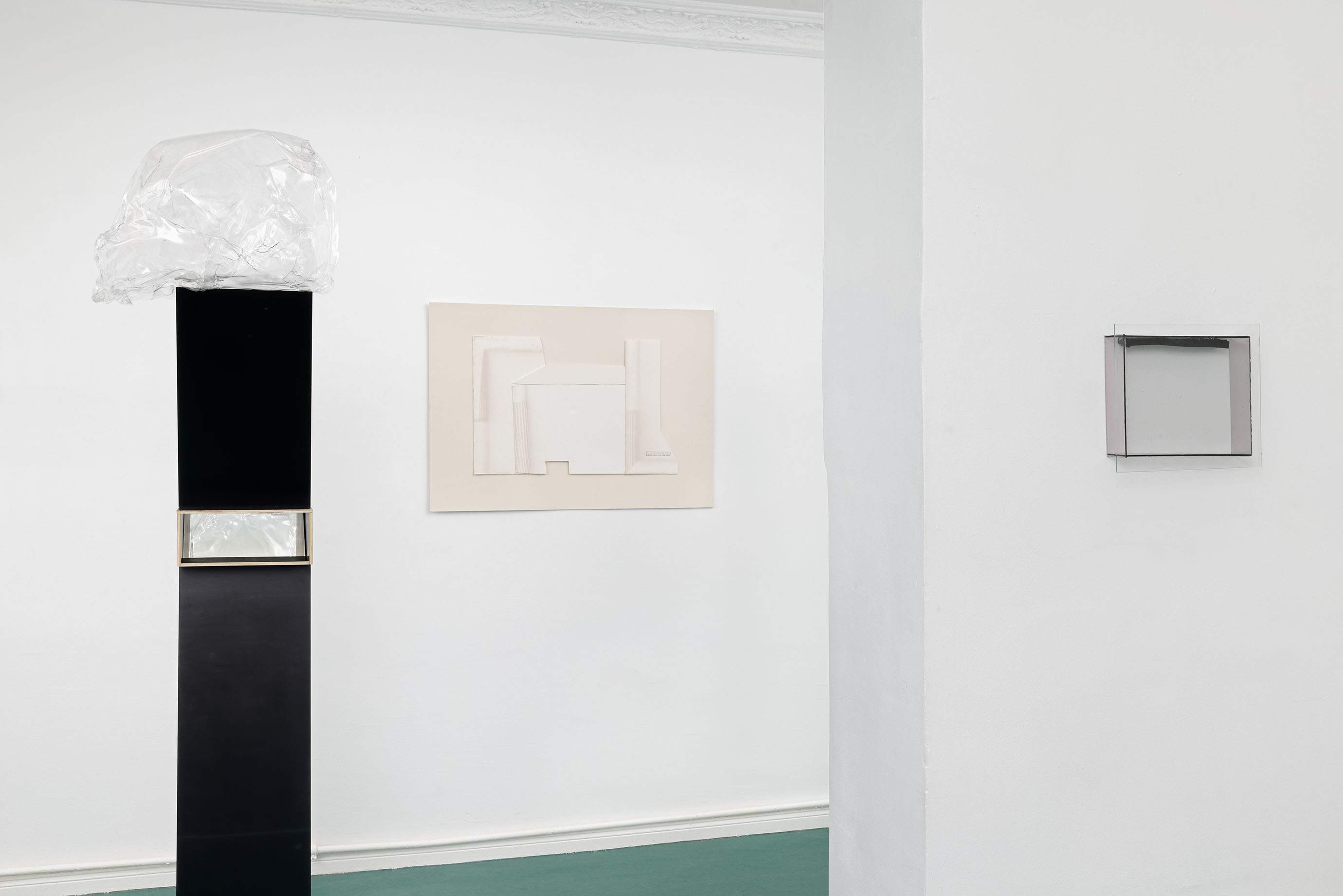
-
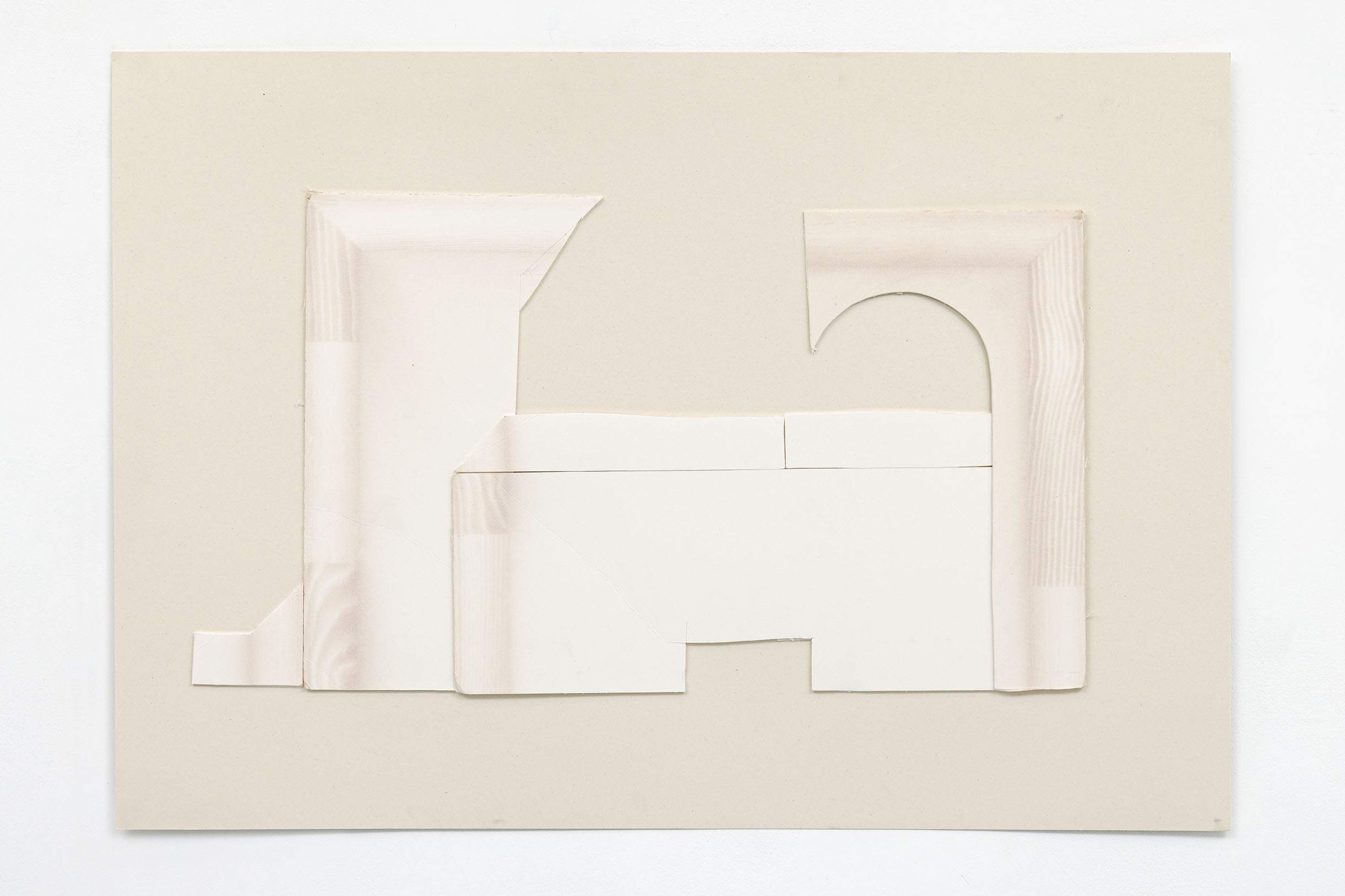 6/26
6/26Irina Jasnowski Pascual Monument to Photo Mount for APOLLO 2025
Mounting board on paper 70 × 100 cm 27 1/2 × 39 3/8 inches -
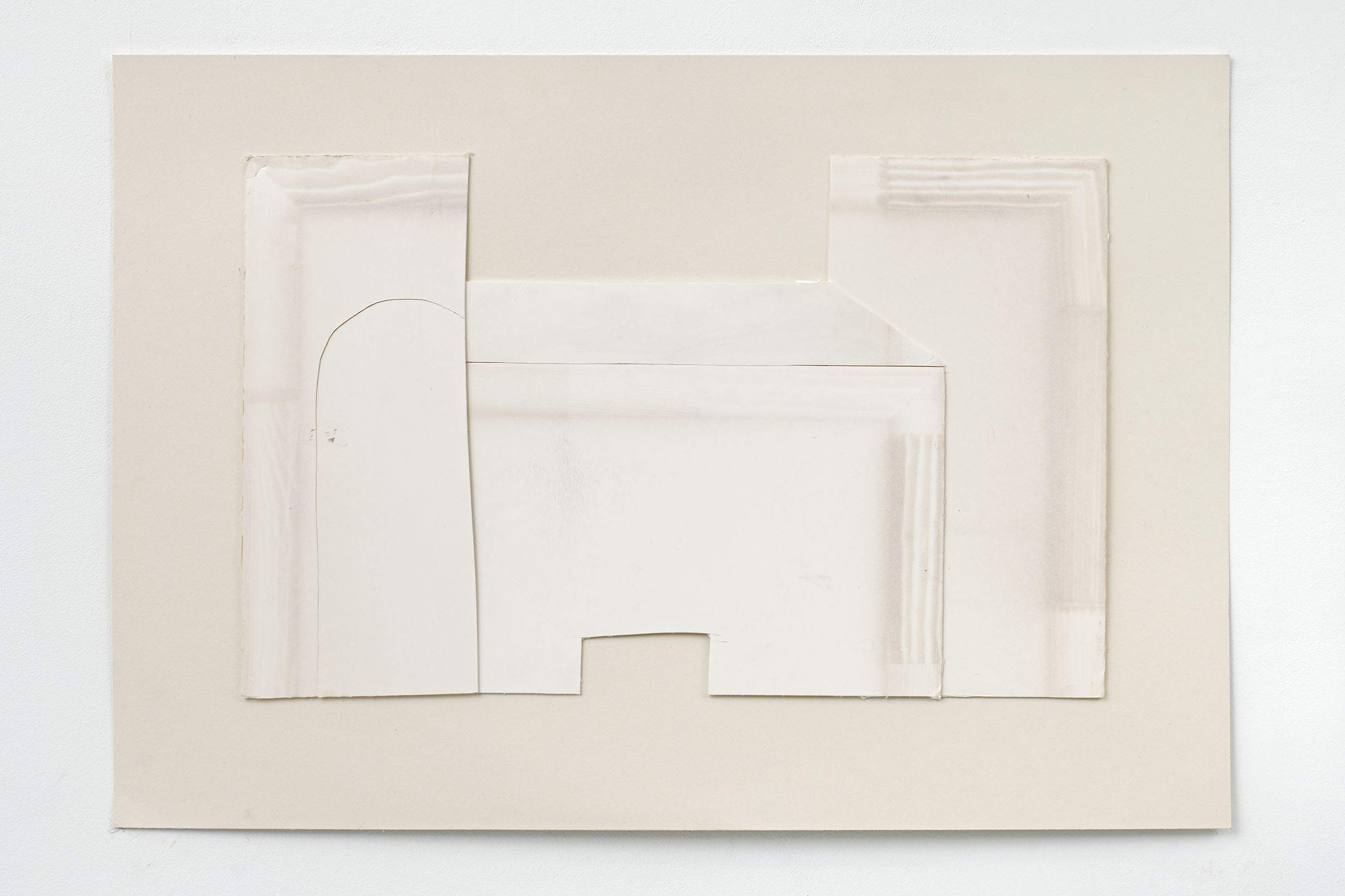 3/26
3/26Irina Jasnowski Pascual Monument to Photo Mount for MAIDEN VOYAGE TO THE MOON 2025
Mounting board on paper 70 × 100 cm 27 1/2 × 39 3/8 inches -
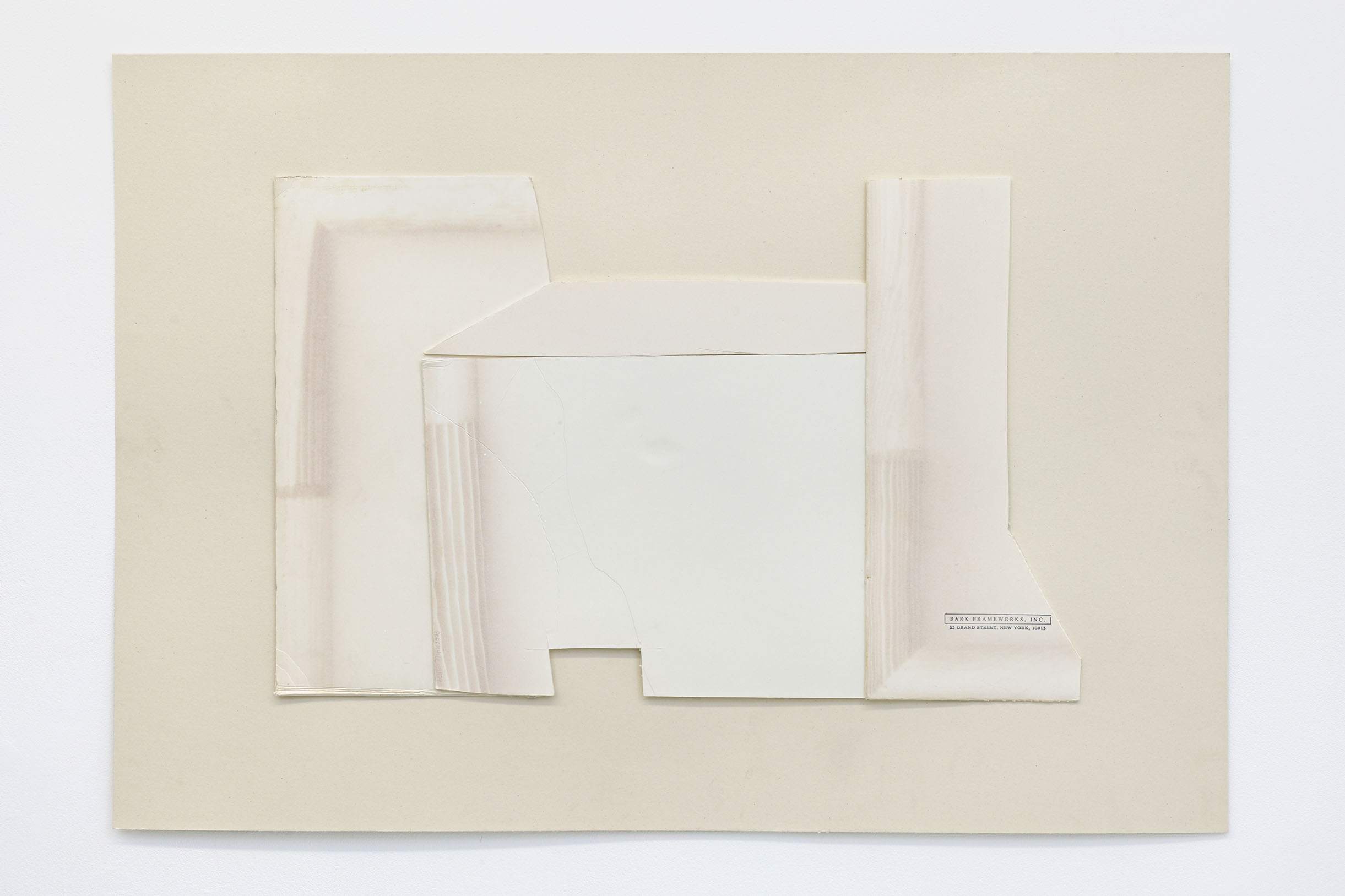 3/26
3/26Irina Jasnowski Pascual Monument to Photo Mount for MAIDEN VOYAGE TO THE MOON 2025
Mounting board on paper 70 × 100 cm 27 1/2 × 39 3/8 inches -
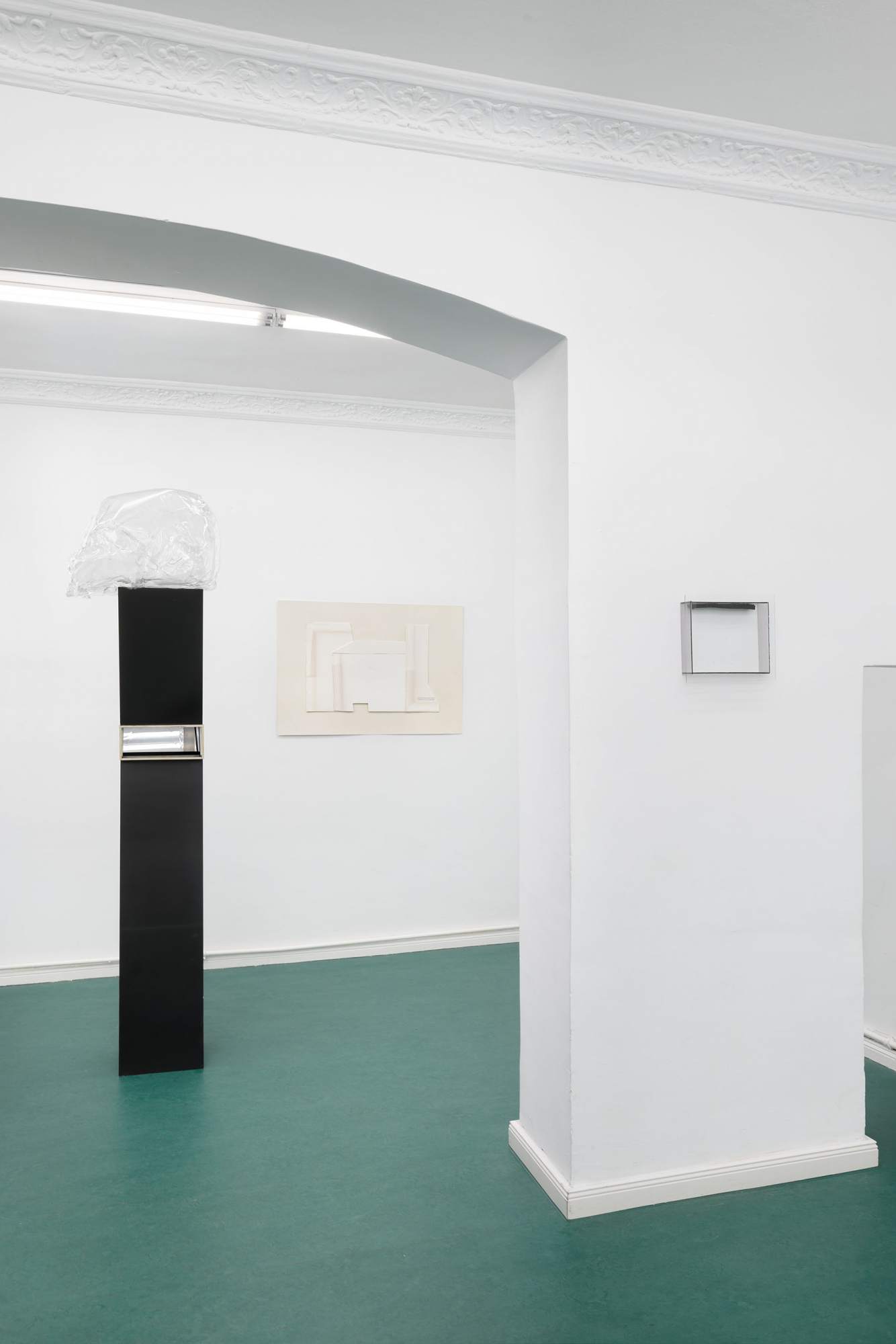
-
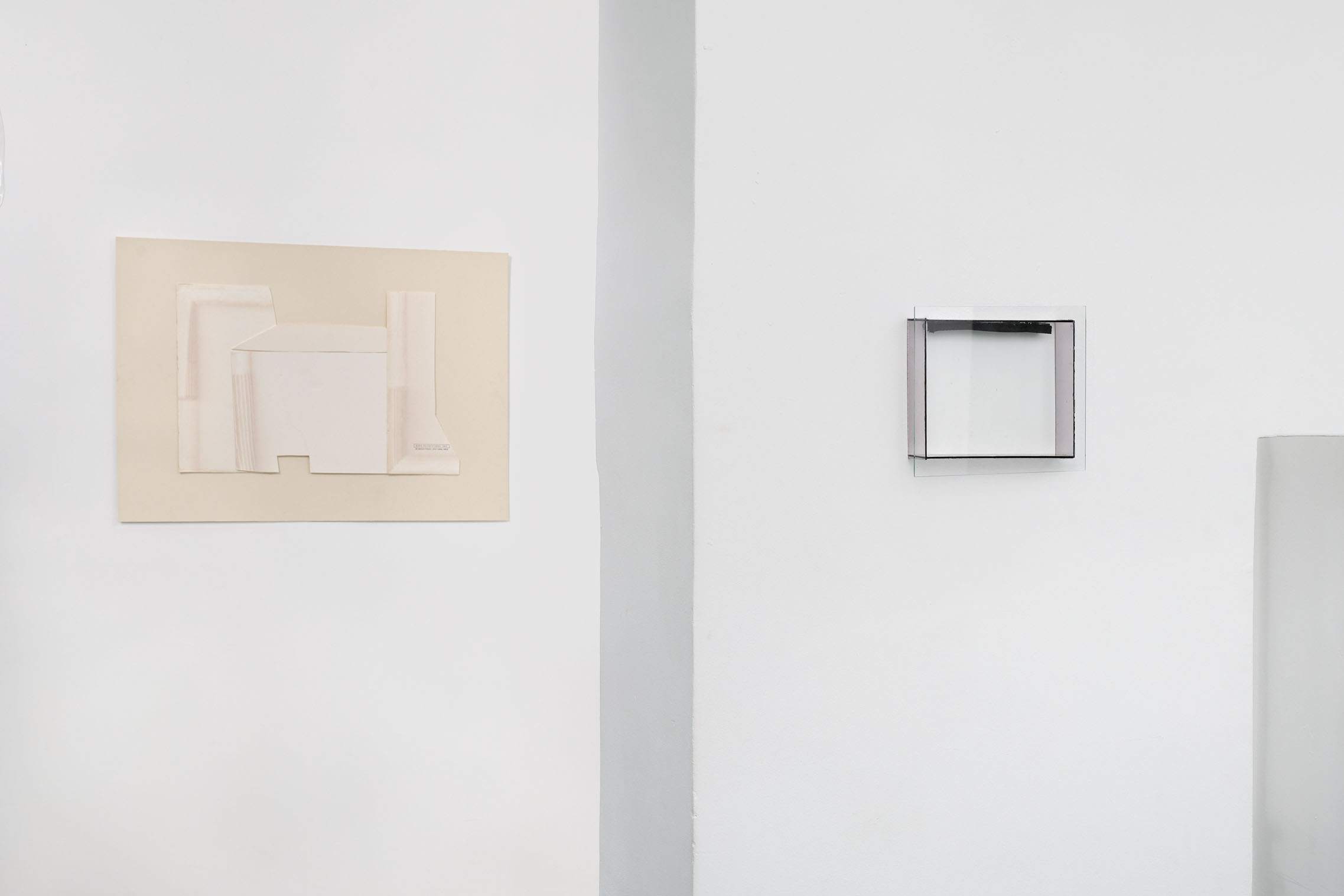
-
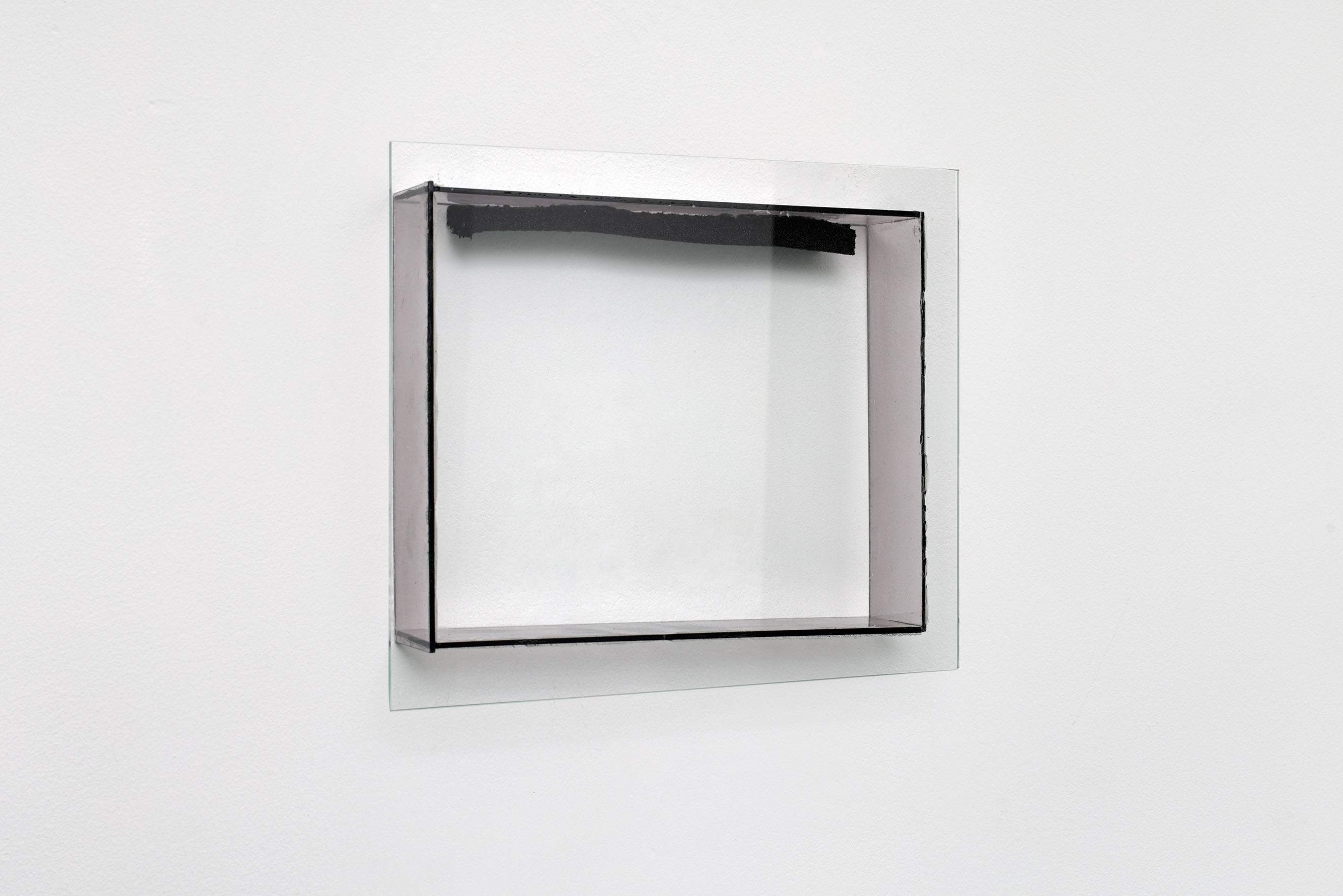
-
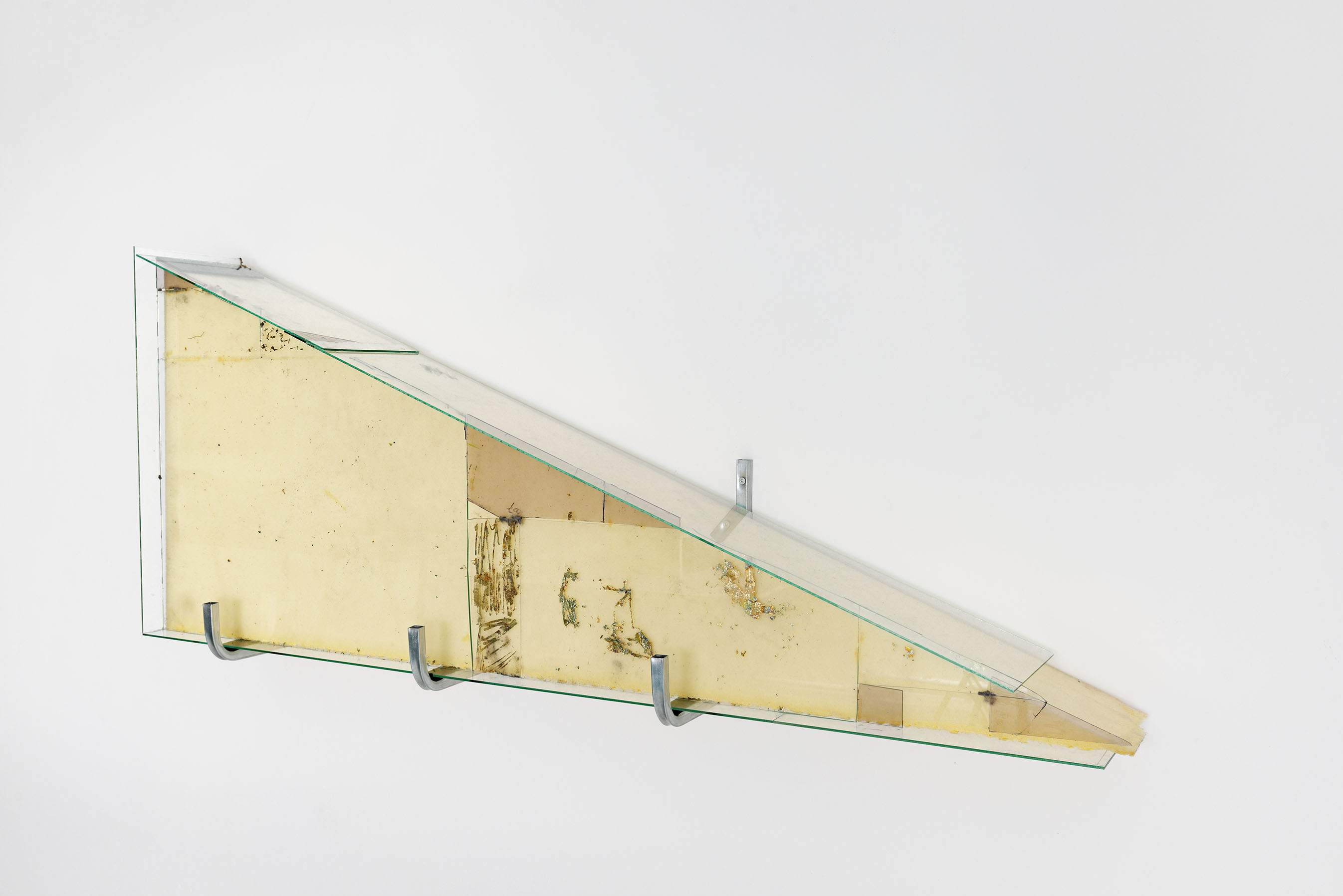 6/26
6/26Irina Jasnowski Pascual Triangle Foam wrapped in Glass 2025
Foam, glass, dust, imitation gold leaf 56 × 135 × 22 cm 22 × 53 1/8 × 8 5/8 inches -
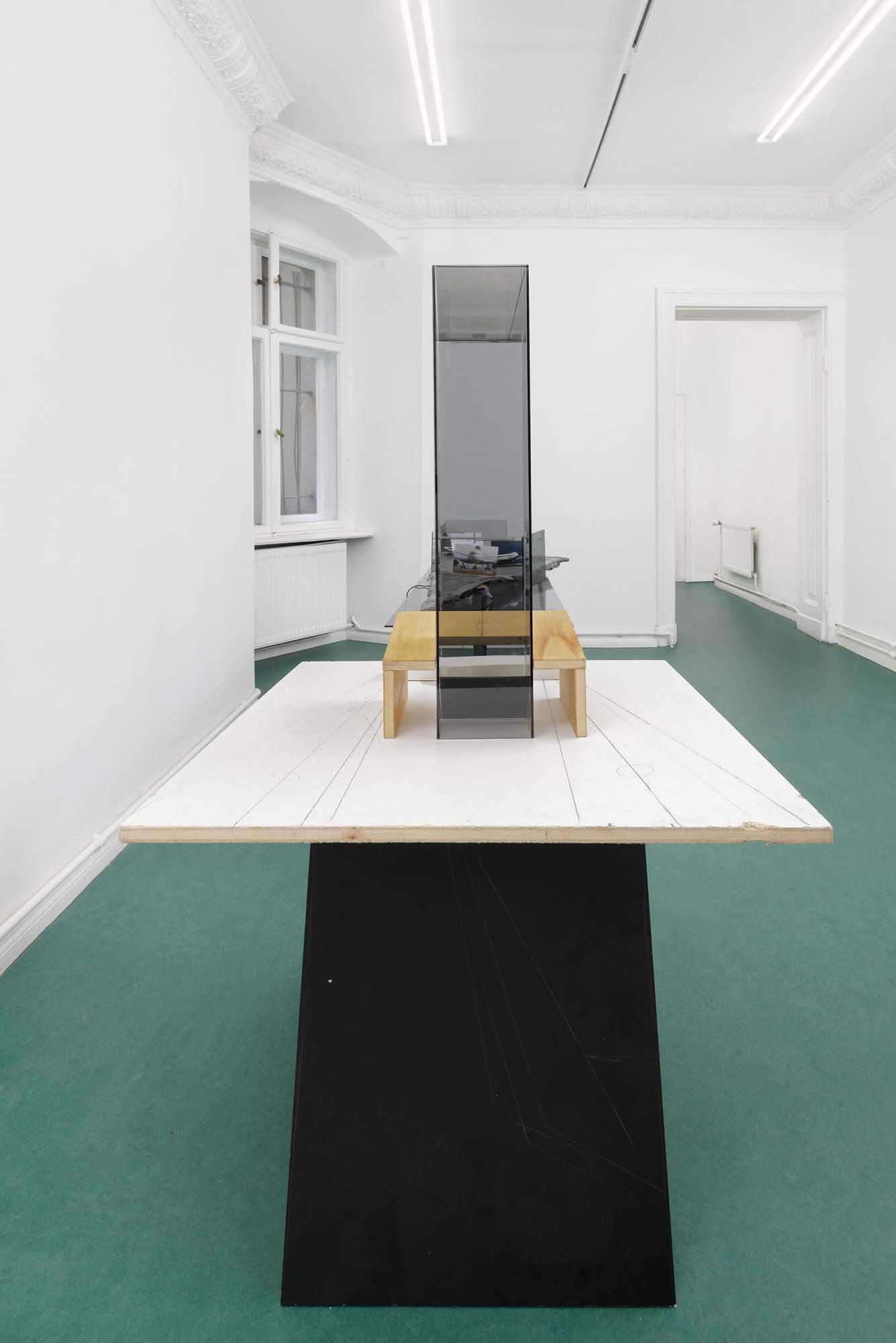
-
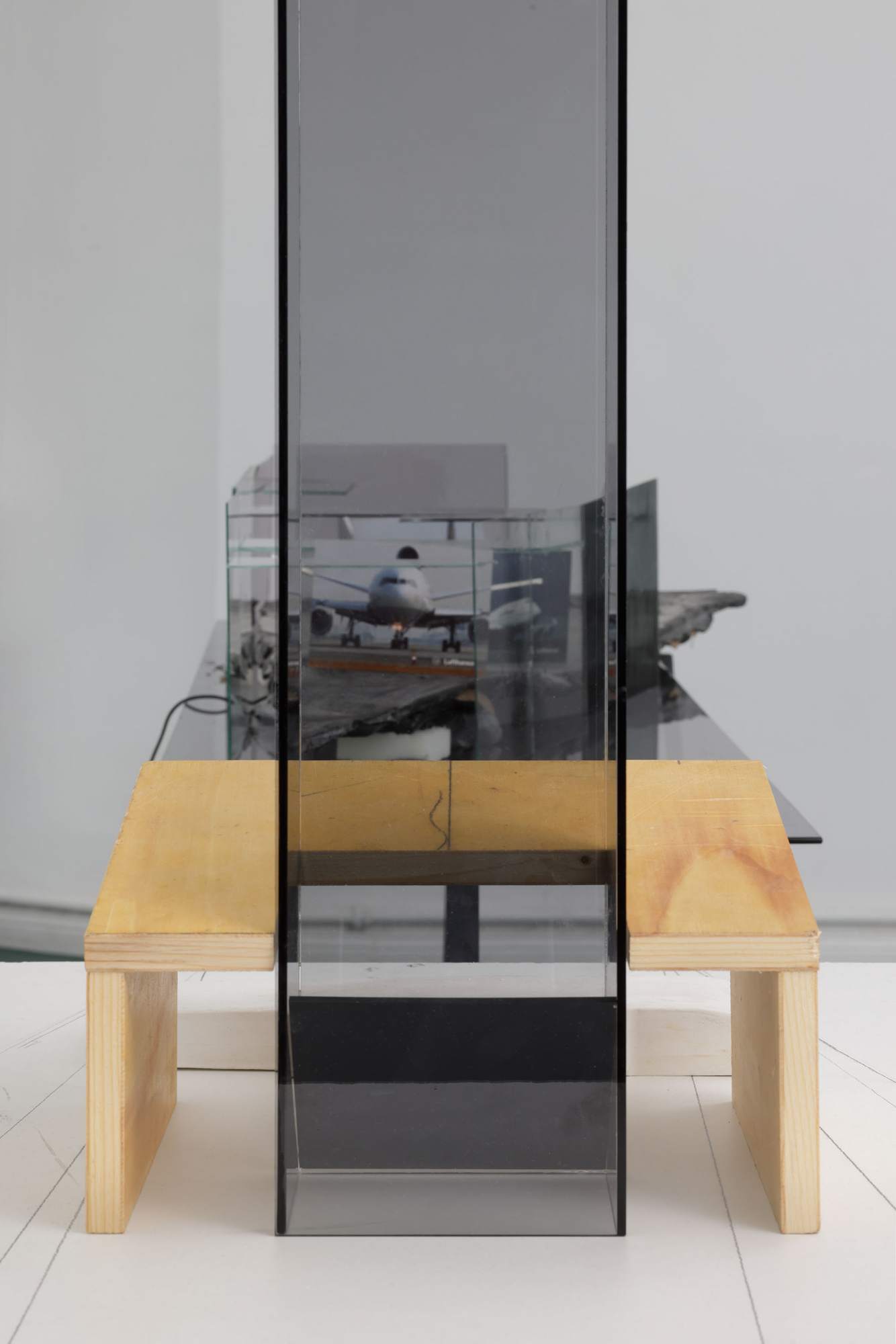
-
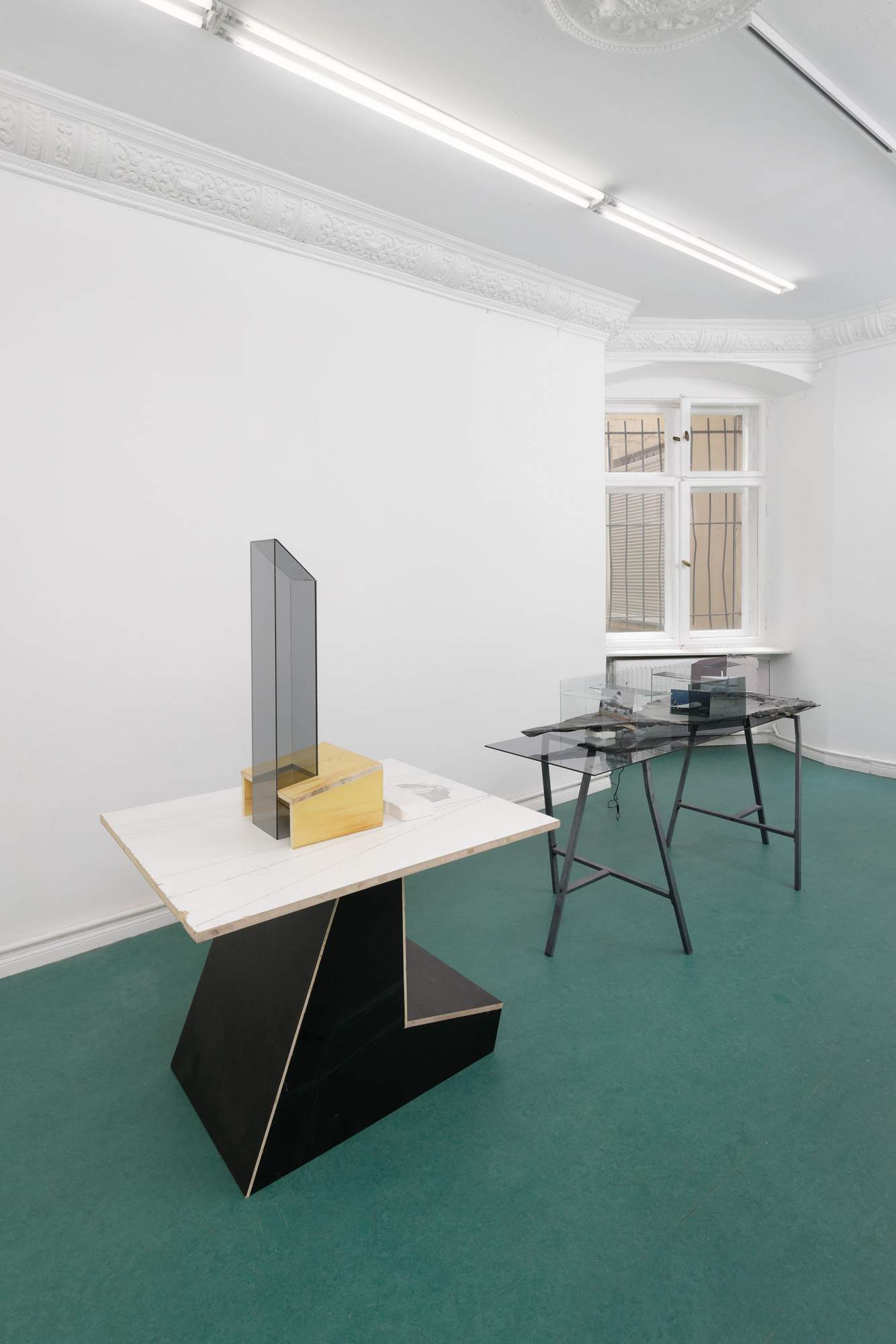
-
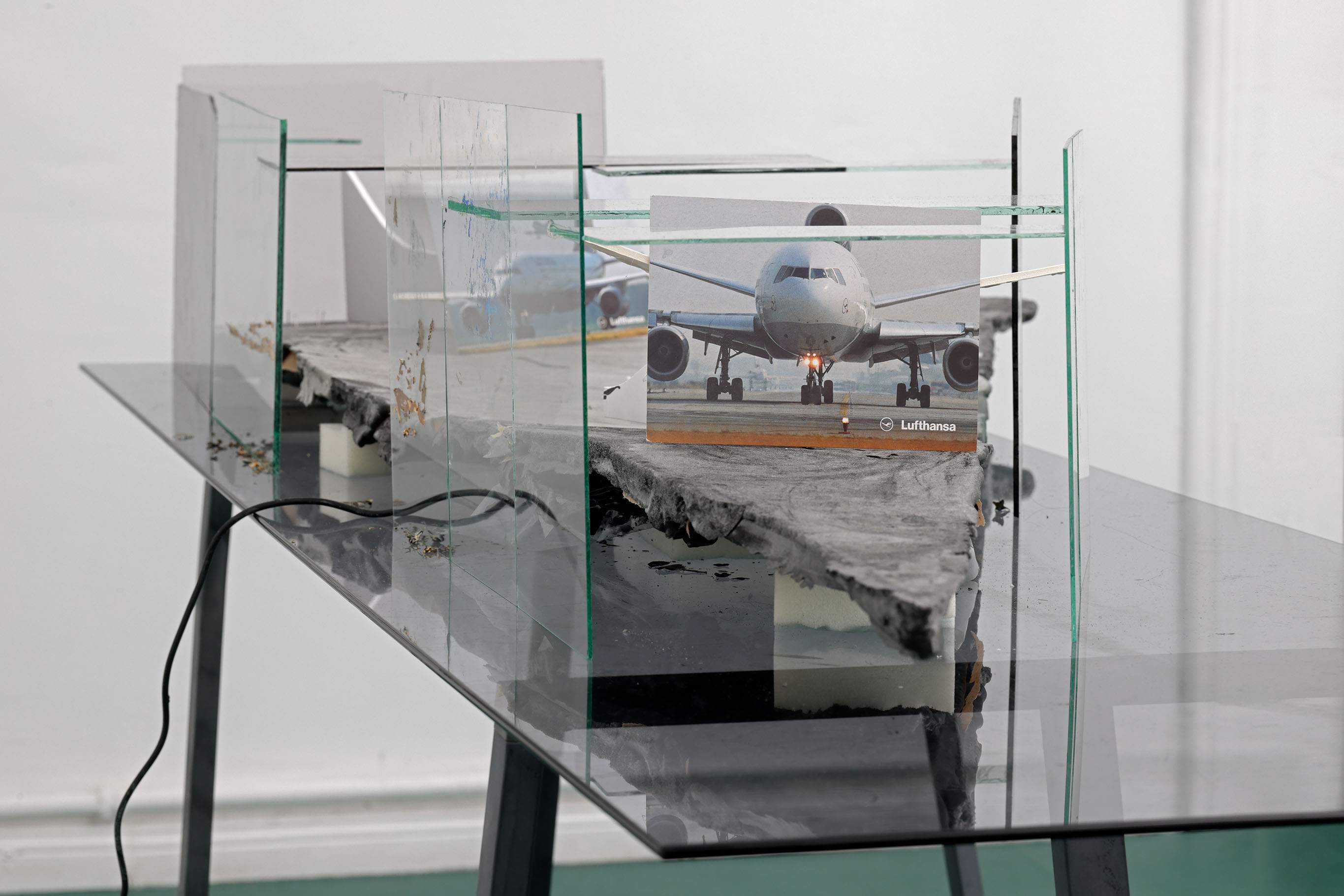 7/26
7/26Irina Jasnowski Pascual Ancient Airport 2025
Runway: Postcards, cast foam, glass, imitation gold leaf, metal legs, motor 148 × 80 × 92 cm 58 1/4 × 31 1/2 × 36 1/4 inches -
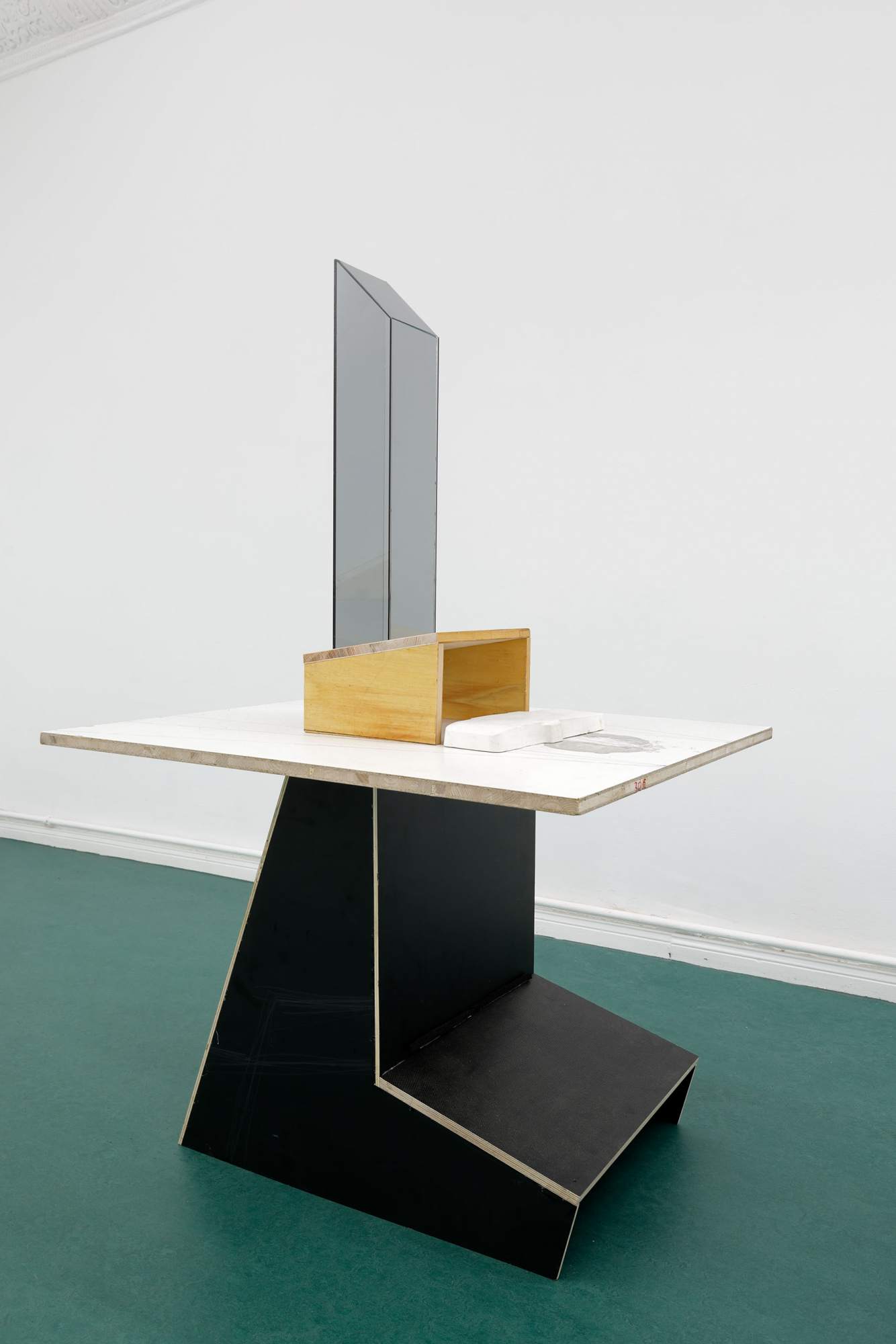
-
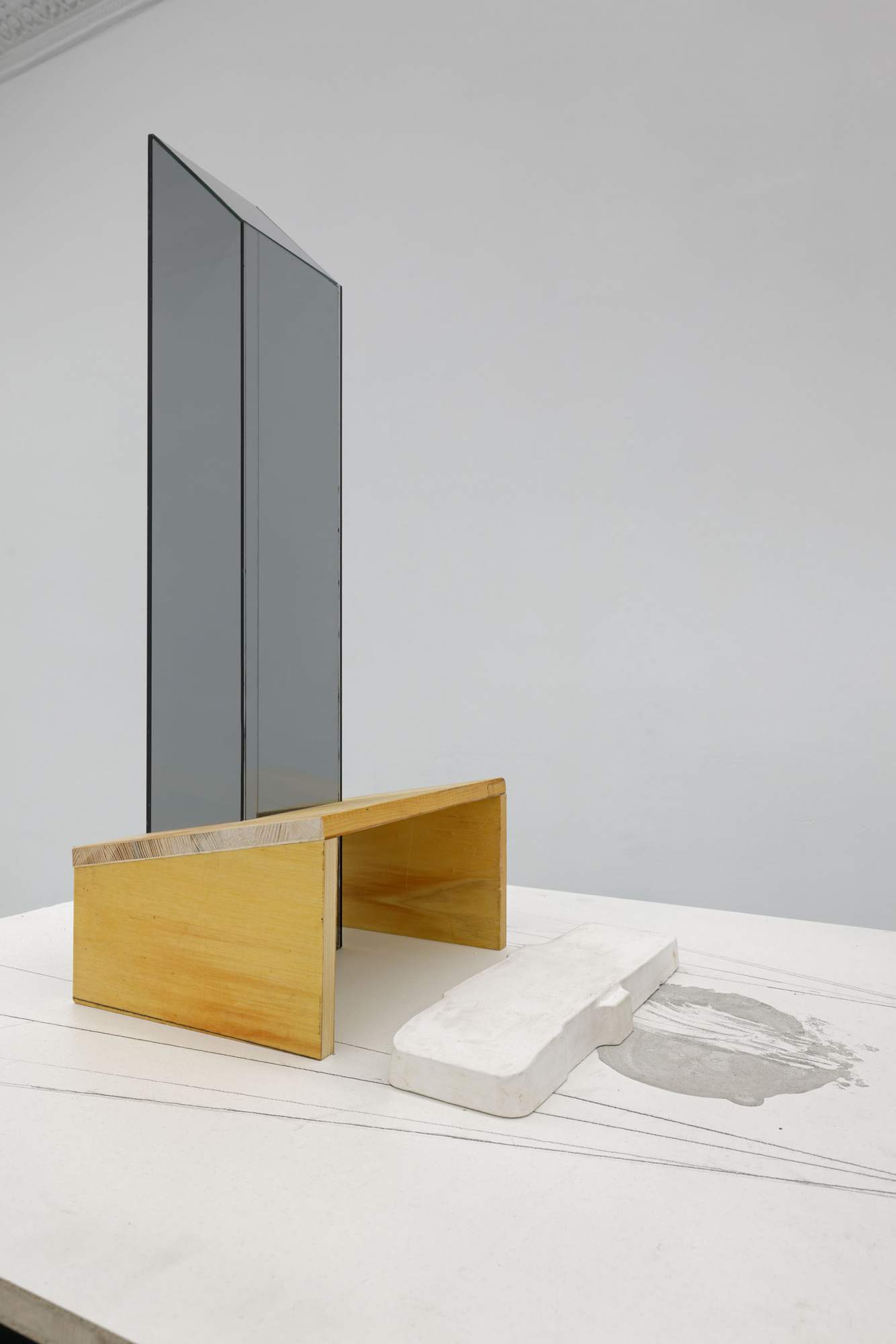
-
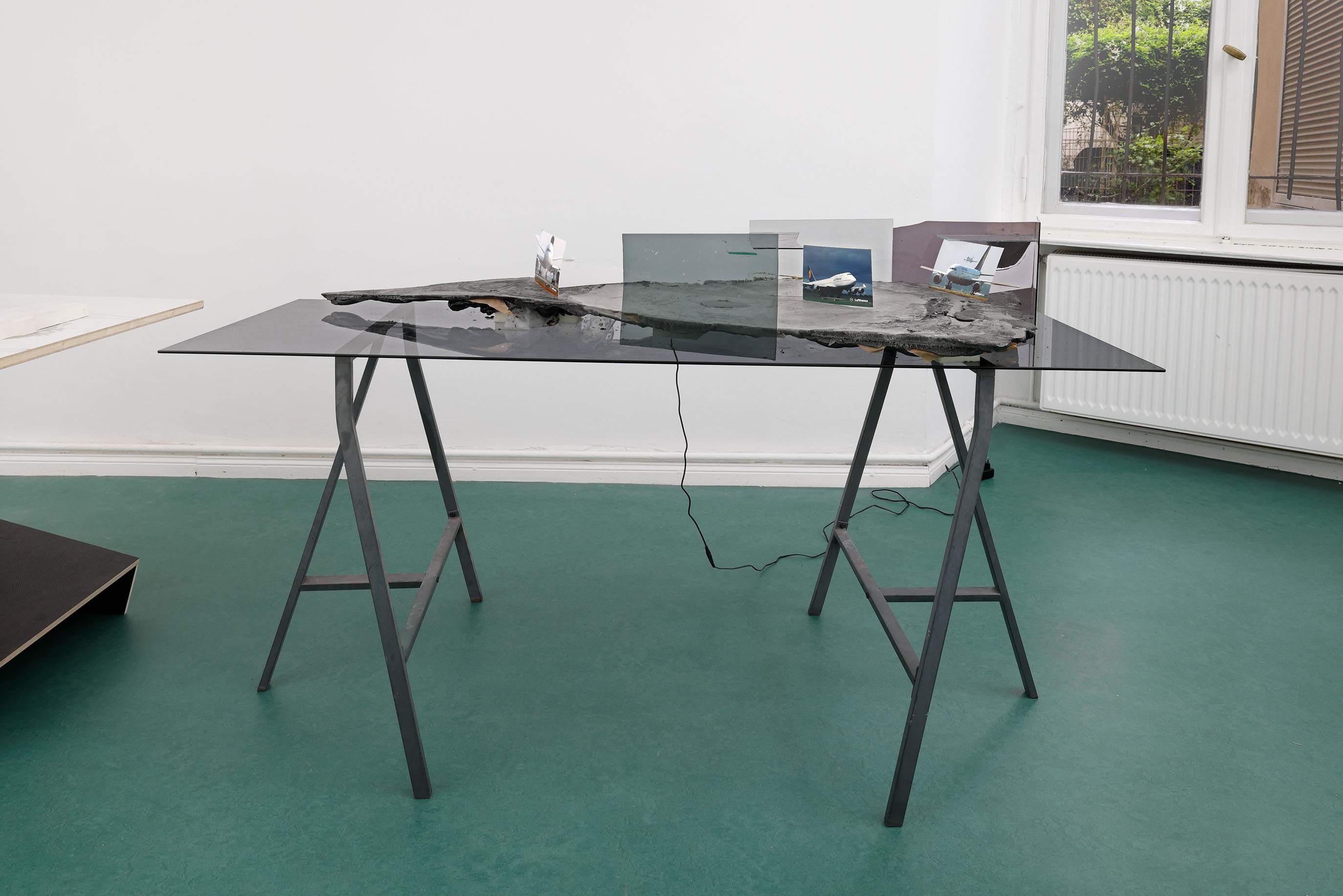
-
